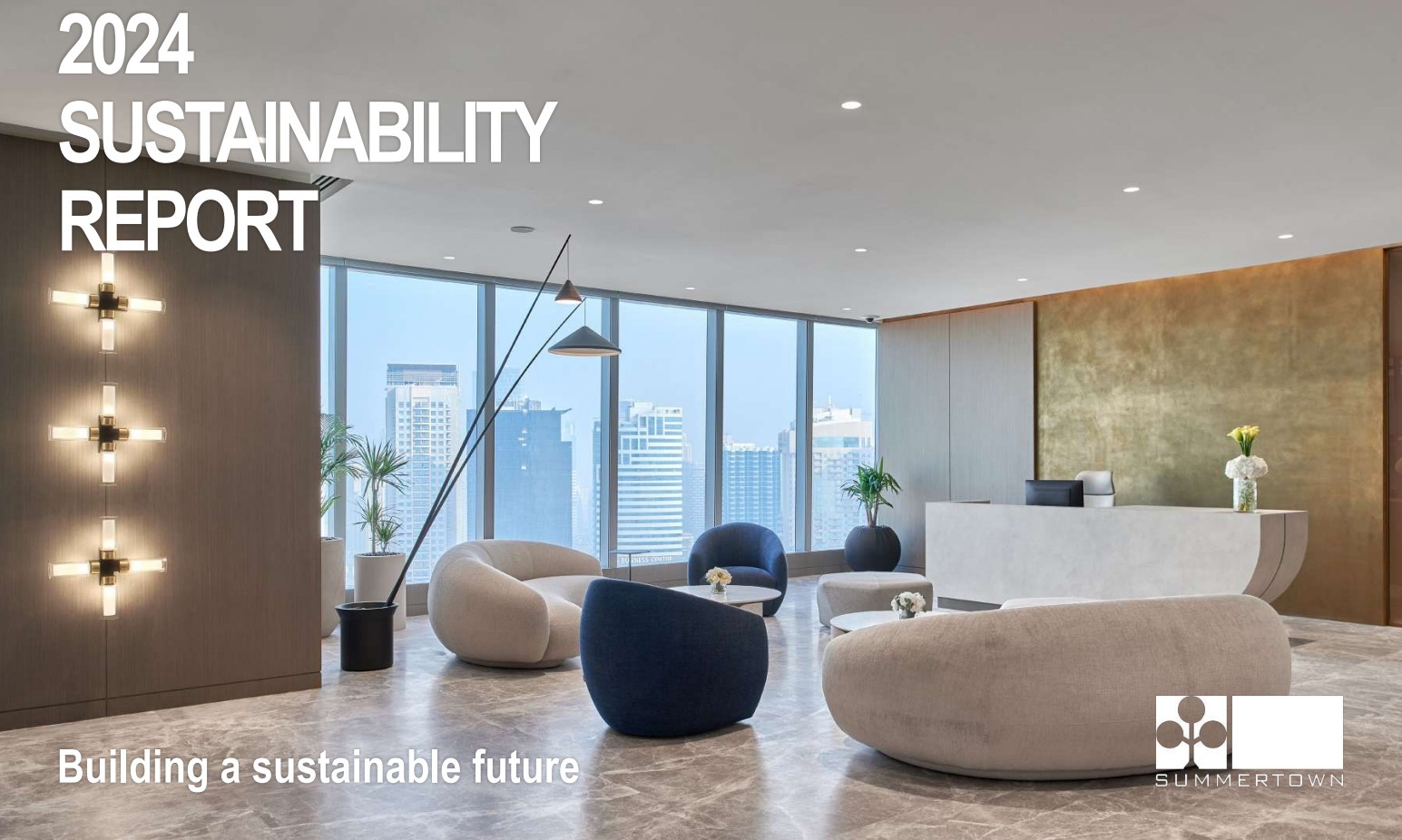Industry roundtable agrees ‘Design and Build’ approach can unlock efficiencies for commercial interior projects.
In a recent roundtable discussion with fit out contractor Summertown Interiors; design firm Perkins & Will; and project managers CBRE explored the benefits and challenges of working under the ‘design and build’ method for commercial interior projects. The design and build model is when the project owner appoints a single company to manage both the design and construction under a single contract. Rather than having a contract with the designer and then a fit out contractor following a tender process.
According to the seven roundtable participants, this centralised project delivery model necessitates bringing all members of a project team together early in the process to identify and address issues of cost, schedule and constructability – reducing the overall project delivery time from inception to completion. Having one team accountable for the project under a single contract, allows for the proposal of best-value solutions for various construction elements before the design is complete. The speakers also noted that value is added because ‘design and build’ brings value engineering into the design process at the onset of a project.
Marcos Bish, Managing Director of Summertown Interiors said: “The design and build method allows for the design stage and fit out construction stages to overlap providing a time advantage. It also provides the client with one point of contact and the cost is established from the start of the project which would only vary if design changes are made. It is important to note that both design and build and traditional method projects can be sustainable and deliver operational savings.”
Diane Thorsen, Design Director of Perkins & Will continued: “Design and build has definite advantages – especially in this market where there is such pressure on both time and cost. However, for it to work perfectly – there must be absolute alignment amongst teams in understanding the client’s expectations from costs to programming to work seamlessly towards an end goal.”
Mike Whitworth, Associate Director of CBRE said: “From a Project Management perspective both design and build and traditional procurement routes do work well if implemented successfully and driven by a clear strategy. In terms of which is better, it is purely down to what is best for the client, which is driven by their key drivers for the project.”
The roundtable also agreed that the traditional method is the best option for very bespoke office and commercial interior projects. They also believe that ‘design and build’ is a challenge for clients who want in-depth price comparison for specific materials and design specifications.
Discussing how businesses in the region can be further encouraged to adopt a ‘design and build’ strategy, speakers maintained that it is the responsibility of industry leaders to educate clients about the benefits the ‘design and build’ model delivers, to ensure that it is best suited to their company’s needs before committing to a contract.
Thank you to the seven roundtable participants – Diane Thorsen and Martin Smith from design firm Perkins & Will, Mike Whitworth and Yasmien Ibrahim from CBRE and Marcos Bish, Joshua Walker and Sarah Flowerday from Summertown Interiors; kindly facilitated by Vineeth Mathew from Sustainable Mindz.
Read more from our media partner ‘Love That Design’.
